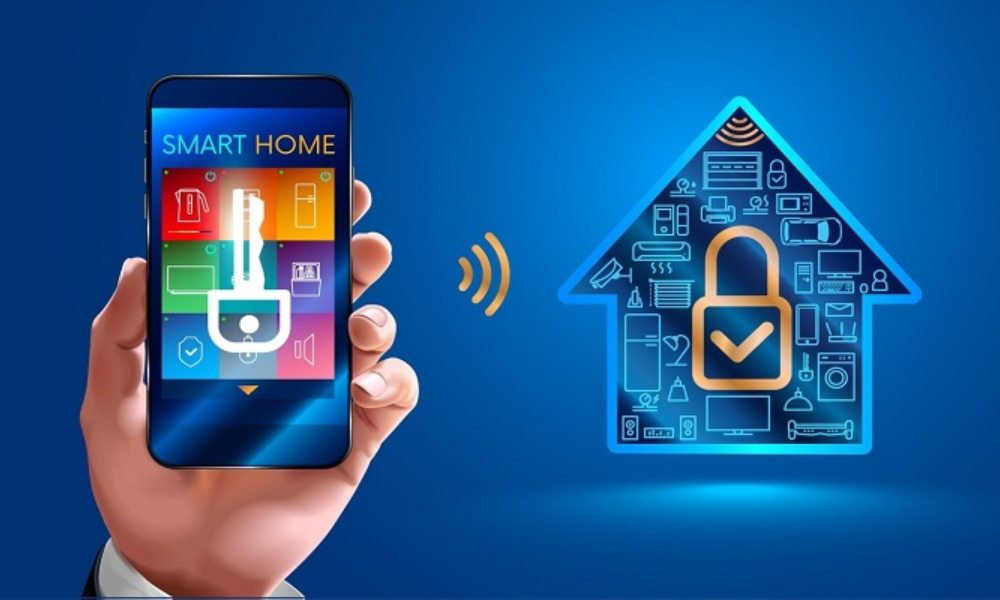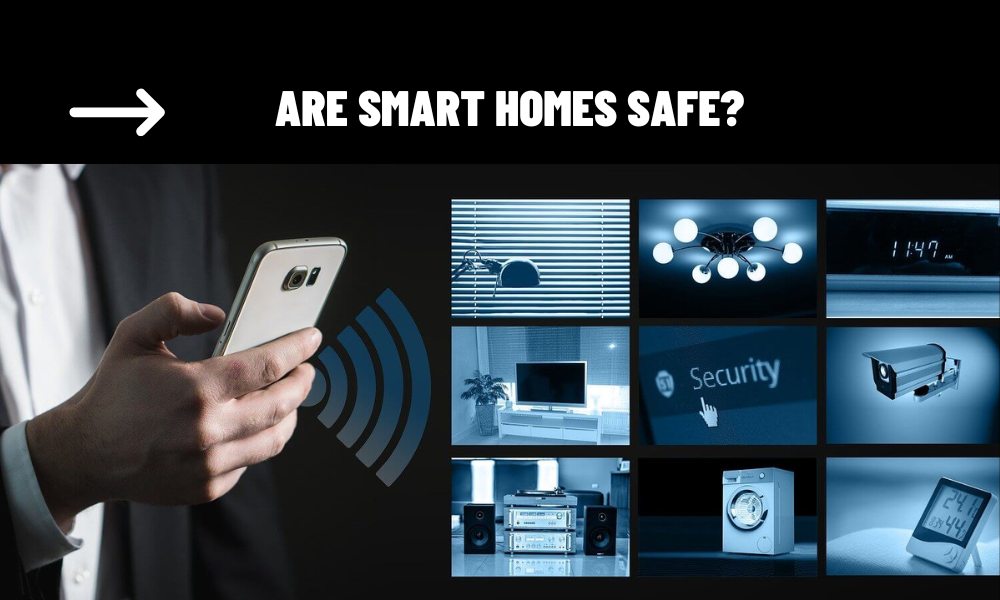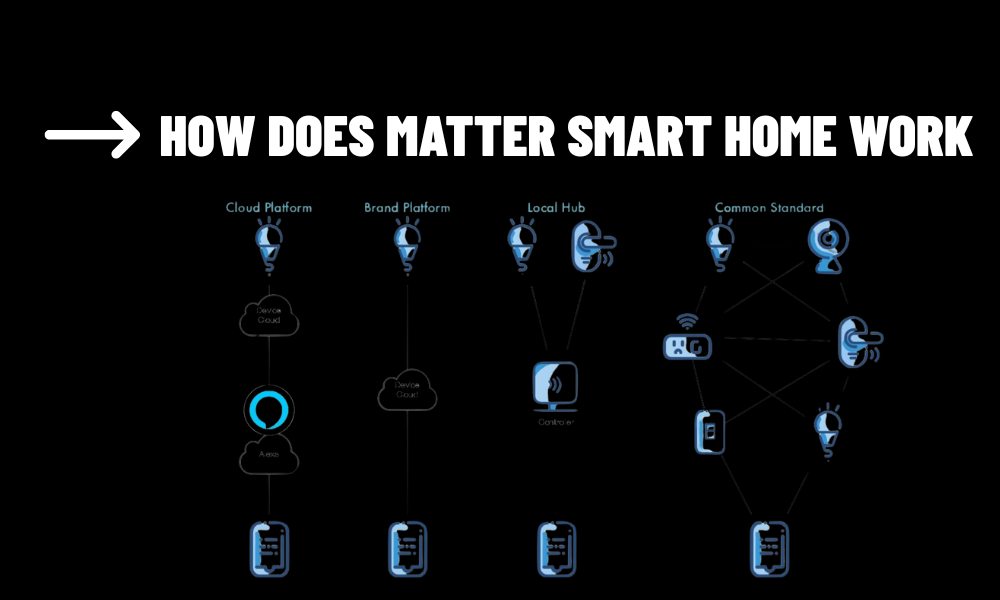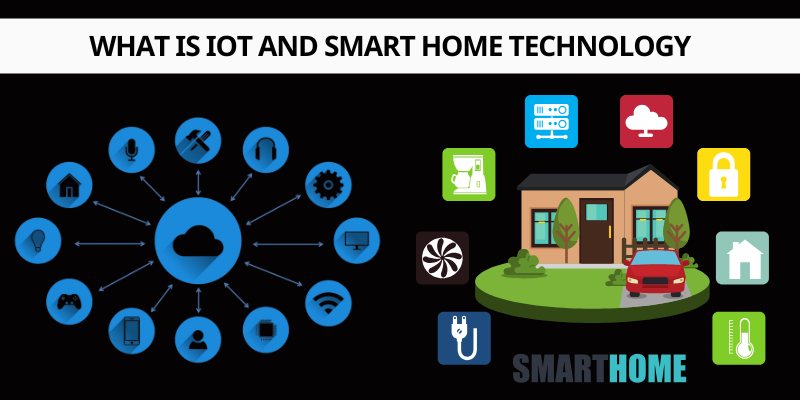Are smart homes safe? Explore the security risks associated with smart home devices and learn how to keep your smart home secure with best practices.
Contents
Introduction
Smart homes are becoming increasingly popular, offering convenience, energy efficiency, and enhanced automation. With just a few voice commands or a touch on your smartphone, you can control everything from lighting and temperature to security systems. But as the world becomes more connected, many are left wondering: Are smart homes safe?
While the benefits of smart homes are undeniable, the security risks associated with them are very real. From potential hacking threats to privacy concerns, it’s important to understand the vulnerabilities that come with integrating multiple connected devices in your home. In this article, we’ll explore the safety of smart homes, the risks involved, and most importantly, how you can protect your connected home from potential threats.
What Are the Risks of a Smart Home?
The convenience and control that smart home technology offers come with certain security challenges. Below are the most common risks associated with connected home devices:
1. Hacking and Unauthorized Access
The more connected devices you have in your home, the more potential points of entry there are for cybercriminals. A poorly secured smart camera, door lock, or thermostat can be an easy target for hackers. Once a hacker gains access to one device, they may be able to move laterally and breach other systems in your home.
In particular, devices that are connected to the internet (via Wi-Fi) can be vulnerable if the network isn’t secured properly. For example, Wi-Fi-enabled cameras or smart doorbells with weak passwords or outdated software can give hackers an entry point into your network.
2. Privacy Concerns
Smart home devices like smart speakers (Amazon Alexa, Google Assistant) and smart cameras are constantly listening for voice commands or monitoring activity. While this makes them extremely useful, it also raises questions about data privacy. Many of these devices collect data to improve services, such as listening to voice commands or tracking usage patterns. This data, if compromised, can be exploited by malicious actors.
Moreover, certain devices can inadvertently leak personal information, such as when a smart camera records footage of your home or when your thermostat logs your daily routines. Without proper safeguards, this data could fall into the wrong hands.
3. Weak or Default Passwords
One of the most common mistakes in smart home security is using weak or default passwords for devices or accounts. Many smart home devices come with factory-set passwords, which are easy for hackers to guess. If you don’t change these passwords during setup, your device is vulnerable to attacks. Furthermore, using the same password across multiple devices or accounts only increases the risk of a breach.
4. Outdated Software and Firmware
Just like any other tech product, smart home devices require regular software updates to patch security vulnerabilities. If a device doesn’t receive timely updates, it can become a target for hackers who exploit known weaknesses. Devices that are no longer supported by the manufacturer may lack the latest security patches, leaving them exposed to attacks.
5. Integration Issues with Third-Party Apps
Smart homes often rely on third-party apps or services for additional functionality. While these integrations can be useful, they can also introduce vulnerabilities. For instance, if a third-party app is compromised, it could potentially allow a hacker access to your smart devices. It’s important to ensure that any third-party apps are from trusted developers and are regularly updated.

How to Keep Your Smart Home Secure
While there are clear risks associated with smart home technology, there are also several steps you can take to improve the security of your home and protect your privacy. Here are some best practices for securing your connected home:
1. Use Strong, Unique Passwords
One of the simplest and most effective ways to secure your smart home devices is by using strong, unique passwords. Avoid using easy-to-guess combinations or default passwords. Instead, use a password manager to generate and store complex passwords for each device and account. Consider using two-factor authentication (2FA) for added protection, especially for your smart home hub or app.
2. Keep Devices Updated
Regularly check for software updates on your smart home devices. Manufacturers often release security patches to address vulnerabilities. Turn on automatic updates if possible, or set reminders to manually check for updates at least once a month. Devices that are no longer supported by the manufacturer should be replaced, as they may not receive critical security patches.
3. Set Up a Separate Network for Your Smart Devices
One way to reduce the risk of cyberattacks is by segregating your smart home devices from your primary internet network. Set up a separate Wi-Fi network specifically for your smart devices, and use strong encryption (WPA3, if available). This will help contain any potential breaches to a segment of your network, preventing hackers from accessing sensitive data like banking information or personal files.
4. Disable Unnecessary Features
Many smart devices come with features that you may not use but can still introduce risks. For example, voice assistants are always listening for commands, which can be a privacy concern. Disable any unnecessary features, like remote access or microphone access, if you don’t plan to use them.
Also, make sure to turn off the camera and microphone on devices when not in use, or physically cover your smart camera when you’re not around.
5. Use Secure Smart Home Platforms
When selecting smart home devices, choose ones that use secure platforms. Devices that support the Matter standard (a universal smart home protocol) offer more interoperability and enhanced security features. Also, consider using a reputable smart hub (like Google Nest Hub, Amazon Echo, or Apple HomePod) that has built-in security features and can centralize device control.
6. Review Privacy Settings
Be mindful of the privacy settings on your smart home devices. Many devices allow you to adjust how much data they collect or share. For instance, you can disable the voice recording feature on smart speakers or delete voice history from your voice assistant. Regularly review and update your privacy settings to ensure your data is being used in a way you’re comfortable with.
Conclusion
In conclusion, while smart homes offer numerous benefits in terms of convenience, efficiency, and security, they also come with inherent risks. By being aware of the potential threats and following best practices for securing your devices, you can mitigate these risks and ensure that your smart home remains safe.
Remember to use strong passwords, keep devices updated, and manage your privacy settings carefully. By staying vigilant, your connected home can be a safe and secure environment that enhances your lifestyle, rather than exposing you to unnecessary risks.
As the technology behind smart homes continues to evolve, manufacturers are increasingly focusing on security features. In the near future, AI-driven security and automated threat detection may become common features in smart homes, making them even safer. Until then, it’s up to us to stay informed and take proactive steps to protect our homes and personal data.



